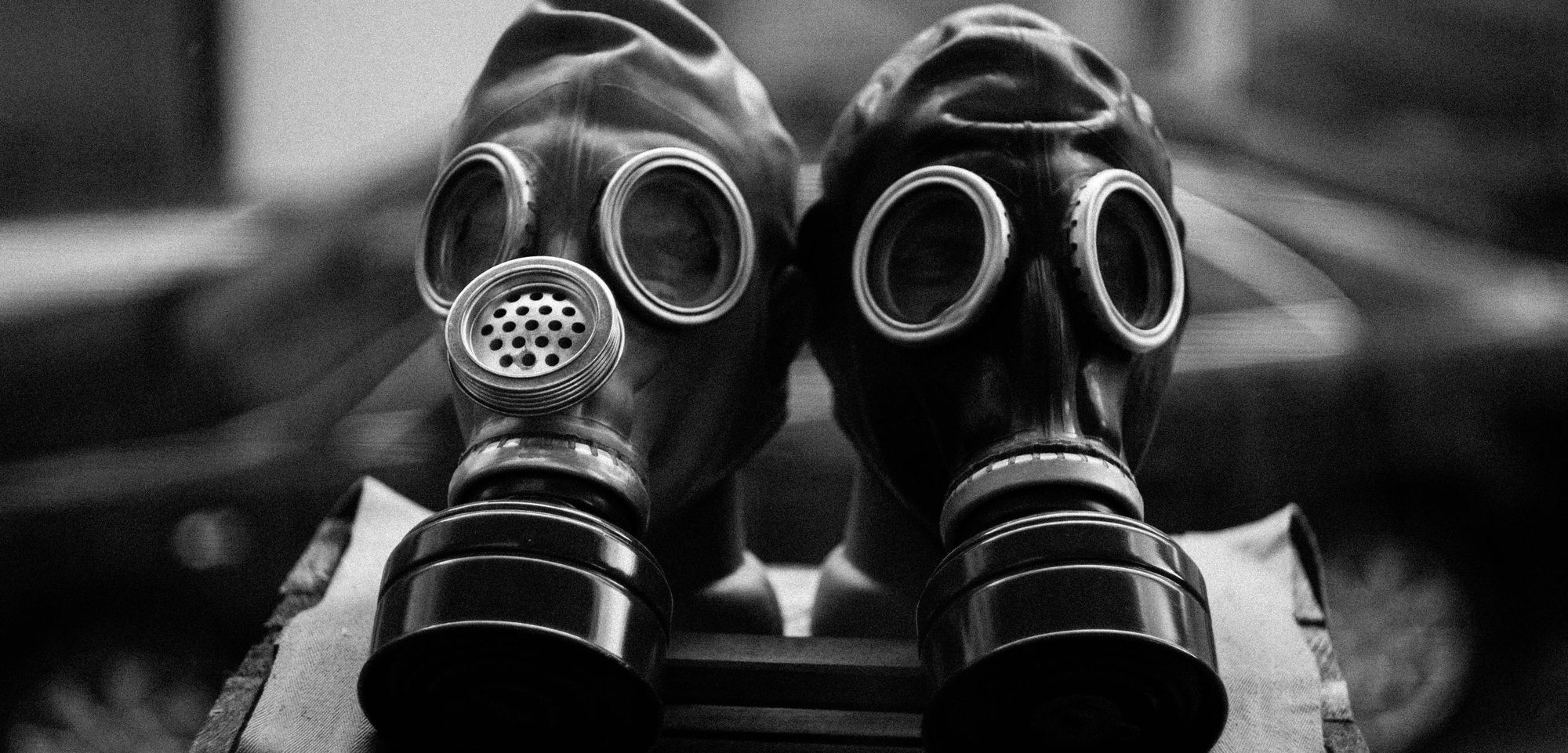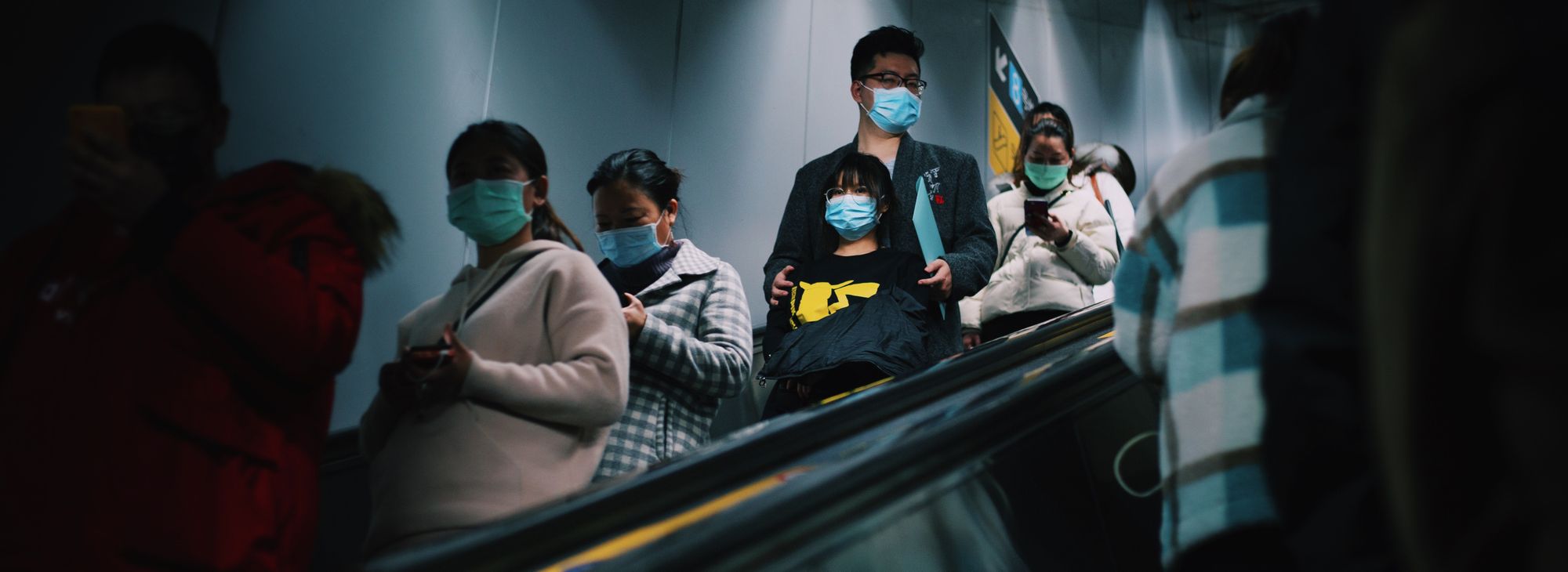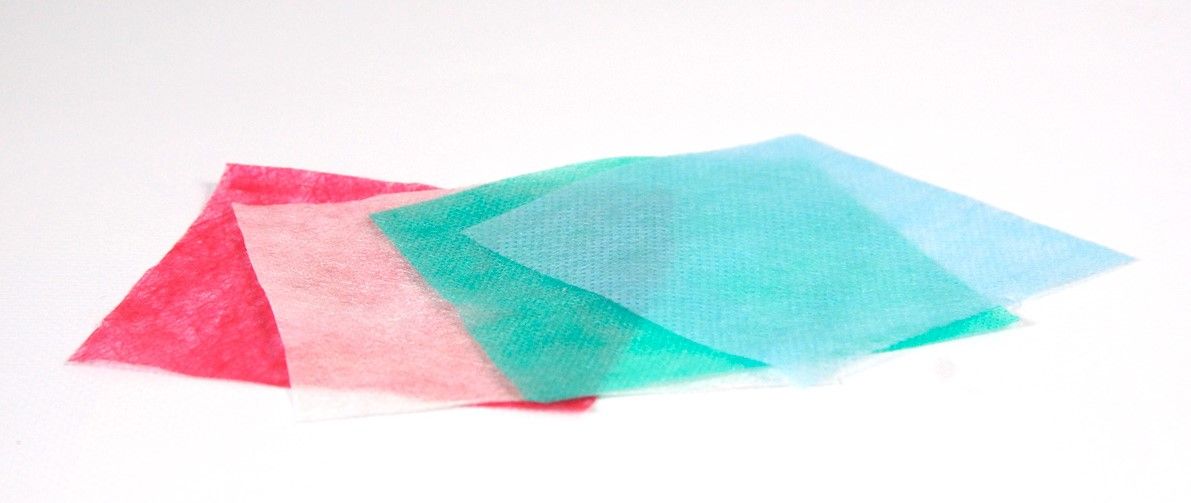Just a few months ago, wearing face masks was something only surgeons and people living in Asia did. Today the coronavirus pandemic has made it a hot topic of debate and some would say an essential part of staying healthy.
Now, a study issued by the Harvard Business Review has analysed all aspects of face masks, discussing their design, production, and even the social stigma behind wearing them, with a view to having a better understanding of how we can survive the coronavirus.
During the height of the first wave, in some countries, such as the Czech Republic and Slovakia, citizens were required by law to wear a mask in public. In others, such as America, mask wearing has become a controversial issue of citizens’ rights. However, the scientific evidence is clear, wearing a mask slows down the spread of airborne diseases and infections.

As the Review states, “Mathematical models suggest that the use of even fabric masks, bandanas or scarves can dramatically slow the spread of infection. But not all of them are equally effective, and their main function is ‘output filtering’.”
That is to say that, while the masks do somewhat protect the wearer against breathing in infected water droplets, masks are best at stopping the wearer from infecting others.
But not all masks are the same. As the review explains, “Scientists believe that COVID-19 is transmitted primarily through coronavirus-infected particles that people secrete when they breathe, talk, cough and sneeze. N95 masks [because they filter out at least 95% of airborne particles], when worn correctly, can almost completely prevent the spread of these particles. Slightly inferior to them are surgical masks with a high level of filtration that holds most of the respiratory drops, but are less effective against smaller particles known as aerosols. Researchers are still arguing to what extent the coronavirus is spread through aerosols and how much additional protection provided by N95 masks is needed.”
Understanding mask design and how they are made is essential for avoiding future lockdowns.

In its review, the Harvard study notes that there are five necessary components that make some masks better than others. These are:
1. Reliability. Having a proper fitting mask is important to prevent the inhalation of aerosols. Specifically, it is necessary to use a mask that fits tightly on the face, as airborne water droplets can easily pass through gaps created near the nose or through spaces created by moustaches and beards.
As the Harvard Review reports, “A recent study showed that masks that are only marginally inferior to N95 masks in terms of filtration can be made from combinations of cotton and other common fabrics such as silk, flannel and chiffon. According to another study, the fit of the mask to the face can be improved if you sew a flap cut from a nylon stocking to it or create stiffeners along its edges with elastic ribbons.”
2. Suitability for Mass Production. The perfect mask design must consider how they are to be made, ensuring that they can be produced quickly, as the speedy issuing of masks can often be the fastest way to slow virus spread, particularly in coronavirus ‘hot-spots’.
3. Convenience and Cost. Masks should be affordable, and comfortable enough that people can wear them for a long time, with less tendency to touch or adjust them.
4. Reusability. Many masks produced during the first wave were disposable, consequently many of the 40 million masks that are worn every day around the world must be thrown away after each use. Not only does this put pressure on manufacturers during each pandemic flare up, but it creates 15,000 tonnes of daily waste which is usually incinerated, adding to carbon emissions.
Improved mask design must therefore make them both durable as well as washable or reusable (perhaps with a replaceable filter).

5. Style. For more people to begin wearing masks, they need to be seen as cool. Hopefully, part of the new norm will include masks that look less medical and more fashionable. Masks should therefore be made in a variety of colours and designs, perhaps including football team logos, music band pictures, or images from Disney and Fortnite.
The need to remove the stigma from mask wearing is particularly important given that the wearer is not protecting himself but is protecting others. This means that one infected person who refuses to wear a mask can become a ‘super carrier’ spreading the virus to countless others.
Given the economic impact caused by the pandemic, especially the damage done to the airline, sports, and travel industries, it makes sense that mask design and production should be a cause of major investment. Not only as a profit-making enterprise inside a new market, but as a way of avoiding future lockdowns from the next wave of coronavirus or even other pandemics.
For this reason, experimentation has begun on more advanced mask design, including face shields that protect the eyes as well as the nose and mouth. Other work has focused on masks made with insertable tissues that create a small electric charge that neutralizes virus particles.
However, one of the most promising developments has come from the field of nanotechnology.
The product is called NANO AB PP-25 and is a method of embedding nanoparticles of copper, zinc, silver, gold, and cerium into fabric to give it anti-viral and anti-bacterial properties.

The newly patented product is now due to be produced in the Czech Republic, following agreements between the product’s nanotechnology specialists and the company AG CHEMI GROUP. The fabric can be either synthetic or natural and can be used to make hospital linen, surgical gowns, nurses’ uniforms, or even tablecloths in restaurants.
Crucially, the fabric is durable and washable, and according to the company’s CEO Igor Sevcenko, the material is capable of, “killing 99.99% of all known bacteria and virus.”
With the world in the grip of a viral pandemic and with new waves of infection looming, the breakthrough for improved raw materials and designs for mask could not have come at a better time.
Photo credit: Александр Македонский from Pexels, Cleyder Duque from Pexels, zydeaosika from Pexels, & Griffin Wooldridge from Pexels